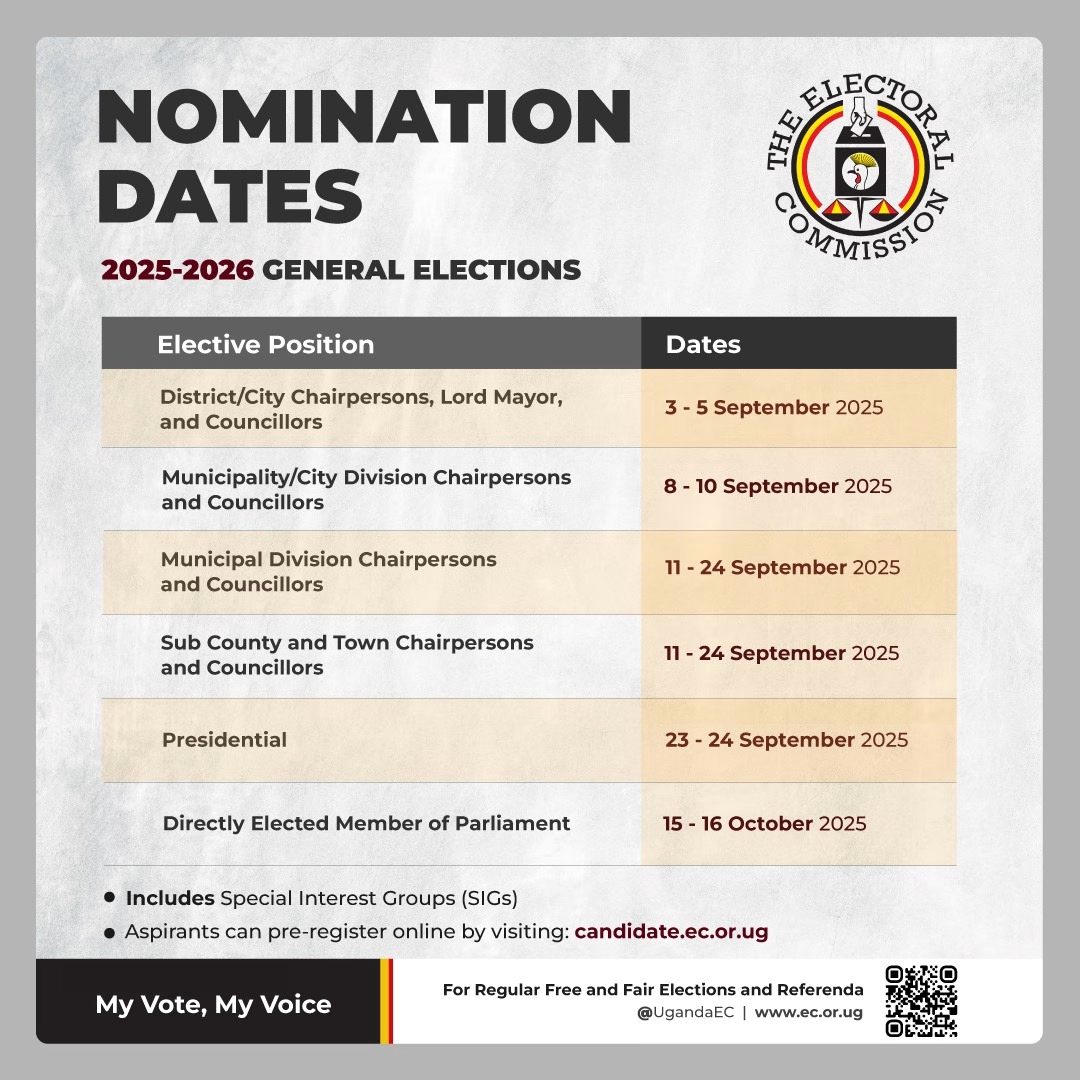
Over the past three years, we’ve seen payments innovation move at a blistering pace. Accelerated digitalisation during the pandemic boosted the adoption of digital and contactless payments around the globe. But we’re just at the start of a shift in payments that will ultimately give consumers the ability to pay anywhere, anytime and anyhow.
Though it’s too early to say that cash is an endangered species, the stage is set for even more rapid adoption of new payments choices over the next decade. PwC and Strategy forecast that global cashless payment volumes will increase by more than 80% from 2020 to 2025 from 1 trillion transactions to almost 1.9 trillion and almost triple that by 2030.
We had the rapid adoption of digital wallets, NFC and QR code payments during lockdowns, but that was just the beginning. Alternative payment methods such as cryptocurrency, QR code-based wallets and account to account are on the ascent, and most central banks are in the early phases of piloting and developing Central Bank Digital Currencies (CBDCs).
Removing friction from payments
Consumers, meanwhile, have become accustomed to the slick customer experience they get from options such as BNPL embedded into ecommerce platforms. Increasingly, they — and the merchants that serve them — are gravitating towards payments tools that remove as much friction from their lives as possible.
As the rapid adoption of BNPL and digital wallets shows, customers are willing to try new payments options, provided they are convenient and can be trusted. This has created gaps for BigTech companies like Amazon, Google and Apple to embed their brands into the consumer experience as well as for the rise of fintech disruptors like Ripple and Stripe.
The winners in this environment will be the financial institutions that can offer customers a seamless, secure and truly omnichannel payments solution. The IT department is thus under growing pressure to meet the business’s need to deploy new payments features, experiences and products in a rapid, efficient and cost-effective manner.
Yet most incumbents face significant challenges in empowering their account holders with seamless experiences and complete control over their payments. Legacy systems constrain their agility, while many banks face significant skills gaps in their payments businesses. Sweeping away legacy systems is a far from trivial task, but the pressure to keep up with account holders’ evolving needs is relentless.
To remain competitive, payments players need to be able to accelerate their time to market with new products and offerings, while minimising the operational and security risks of rapid innovation. One obstacle to meeting this requirement lies in the complexity of orchestrating multiple intricate systems elements at high speed to deliver new services.
Towards a modern payments environment
To break through this barrier, leading financial institutions are investing in modern payments solutions such as Verto, Stanchion’s Digital Platform. The platform comprises a library of components that connect traditional payment rails with new digital channels, allowing organisations to reduce the risks of their digitisation journey.
Such a platform reduces the need for the institution to make large-scale changes to underlying systems, many of which are built on legacy technology. Furthermore, the platform enables an institution to move fast in response to regulatory and competitive changes.
Verto orchestrates the fulfilment of service requests from multiple systems, reducing risk and simplifying architectural complexity in use cases such as instant card issuance and personalised printing; cardholder authentication with OTP messages validated at an ATM; acquisition of QR code wallet transactions through POS terminals; and TLCM for digital wallets like Apple Pay and Google Pay.
Stanchion supports clients with the consulting and software development services they need to deploy the platform.
Meeting the demand for instant, seamless payments
Financial institutions must address end-customers’ demands for instant, seamless and rewarding payments experiences if they are to remain competitive in a landscape of digital disruption. The good news is that solutions such as Verto support them on their payments modernisation journey, helping them to meet customer needs with solutions that minimise risk and complexity.
About Stanchion Payment Solutions
Over the past two decades since its establishment in South Africa in 2001, Stanchion has expanded its offerings and solutions across the globe, with offices in Australia, United Kingdom, United Arab Emirates, United States and, most recently, Israel.
The growth of its global footprint is testament to the value of its offerings and specialist team, along with Stanchion’s ability to constantly innovate and adapt to the changes within the dynamic payments landscape and the needs of the industries it serves.
Stanchion’s access to global operational management expertise across the banking, retail and payment processing sectors serves as the foundation to creating this world-class service.


